What are the different types of plastic?
They can be divided into two major categories: “thermoplastic resin” and “thermosetting resin”
Plastic is essential to our lives. However, in recent years, the environmental impact of plastic disposal and the depletion of petroleum resources, which constitute raw materials, have become problems. As a solution to these problems, there are people calling for the reduction of plastic and recycling, with some proposed solutions being arrangements where customers are charged for plastic bags and arrangements where paper straws are used. What are the properties of plastics and what types exist? ThreeBond R&D staff will provide an easy-to-understand explanation.
Plastic can be divided into two main categories
The word “plastic” contains the meaning “plasticizers,” which refers to plastic substances. As the name suggests, 90% of plastic consisting of synthetic resin is classified as “thermoplastic resin,” and the remaining 10% is classified as “thermosetting resin.” These are probably not very familiar words. These concepts are a big part of plastic recycling.
What does thermoplastic mean? What does thermosetting mean?
“Plasticity” refers to the ability to change a shape freely with the addition of force. “Plasticizing” refers to the ability to make light changes to the form of the item. A resin that can change its shape through the application of heat is called a “thermoplastic resin.” A resin that hardens through the application of heat and cannot be returned to its original shape is called a “thermosetting resin.”
For example, imagine some chocolate that has been cooled and has hardened. Chocolate becomes soft and liquid-like when heated, but it can solidify into its original shape when cooled again. Thermosetting is the complete opposite. To get an idea of what it means, think about how an egg cannot be returned to the state of a raw egg after having cooked it sunny-side up.
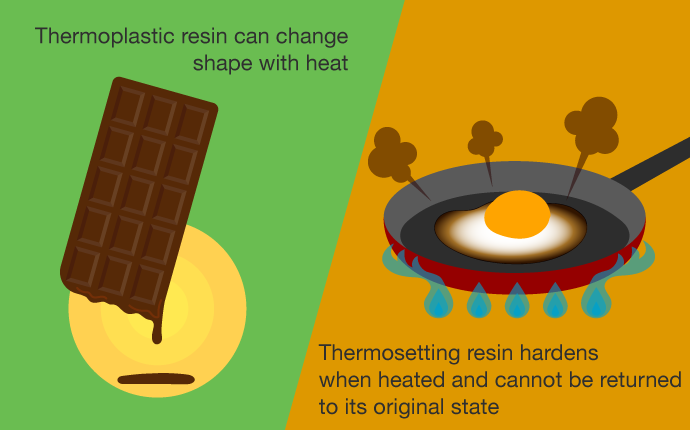
Let’s learn about the types of plastic
Let’s take a look at the types of plastics which exist! You’ll see that plastic is essential to your daily life.
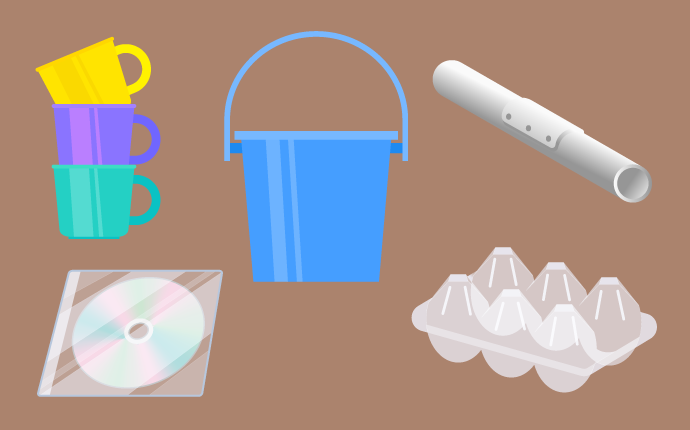
Polyethylene: Buckets, films, sheets, kerosene tanks
Polypropylene: Tupperware, planters, cups
Polystyrene: CD cases, exteriors of electric appliances, instant noodle containers
Polyethylene terephthalate (PET): Egg cartons, clothing such as fleeces
Polyvinyl chloride: Piping for water pipes, fabric for plastic greenhouses
ABS resin: Exteriors of electric appliances such as televisions, refrigerators, and personal computers, and precision equipment
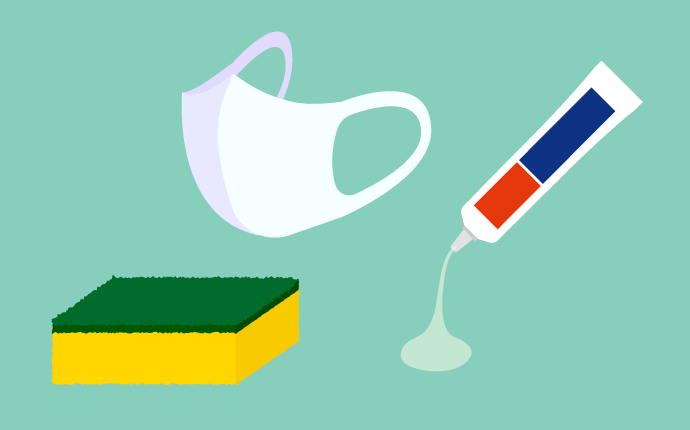
Epoxy resins: Adhesives, electronic circuit boards, paints
Urethane resins: Kitchen scrubbers, masks
Phenolic resin: Insulating material for electrical products, heat insulation material for houses
Problems surrounding plastic
Now we know that plastic is an essential part of our daily lives. Plastics are made from petroleum, which is a fossil resource. Oil is distilled and turned into ethylene, which is used as a raw material for petrochemical products such as plastics.
Fossil resources used as raw materials are limited. It is said that there are only about 50 years left for the entire world when it comes to the extraction of oil. If we run out of oil, we won’t be able to create the plastics we find all around us in our daily lives. Therefore, it is necessary to recycle resources by using other materials as substitutes, such as is the case with paper straws, and to go about recycling existing plastics.
We know that 90% of plastics are characterized by “plasticity,” meaning that they can be softened and deformed by heat, right? By sending existing plastics to be recycled, we can melt them, harden them, and transform them into the next plastic product. Merely using them not once but twice means that we can halve the amount of resources used.
From the “3Rs” to the “5Rs”
No doubt you have heard of the “3Rs,” which is an acronym for “Reduce, Reuse, and Recycle.” This concept exists to help bring about an environmentally friendly “society based on recycling.” Now, do you know about the “5Rs,” which have an the additional 2Rs?
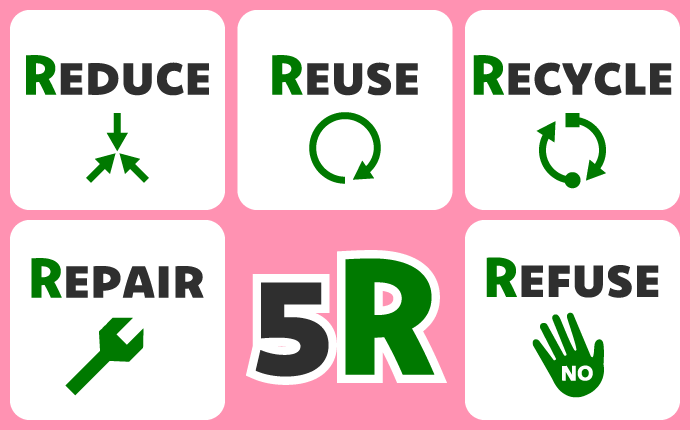
Reduce: Don’t generate garbage
Reuse: Reuse things instead of having them become garbage
Recycle: Reuse things as resources
Repair: Repair things for longer use
Refuse: Refuse to use things that will eventually become garbage
In Japan, for example, there are more people using reusable bags these days since stores are now charging for plastic bags. This means that at the same time, there are many people who are refusing to use plastic bags by telling shop staff that they “don’t need a bag.” This is exactly what one of the 5Rs, “Refuse,” means.
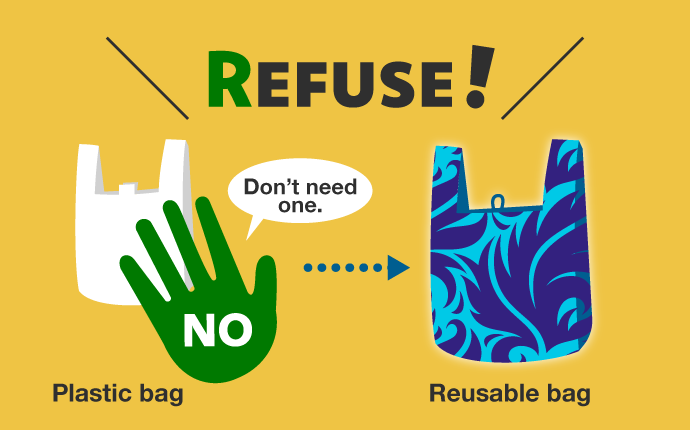
Do you now have an understanding how essential plastic is for our daily lives, how plastic is made, and the importance of recycling?
We can protect the Earth we live on and maintain a prosperous life by making effective use of our limited resources. This is something we can do not by falling into the trap of thinking that one person makes no difference, but rather by having everyone in society eager to take action.
